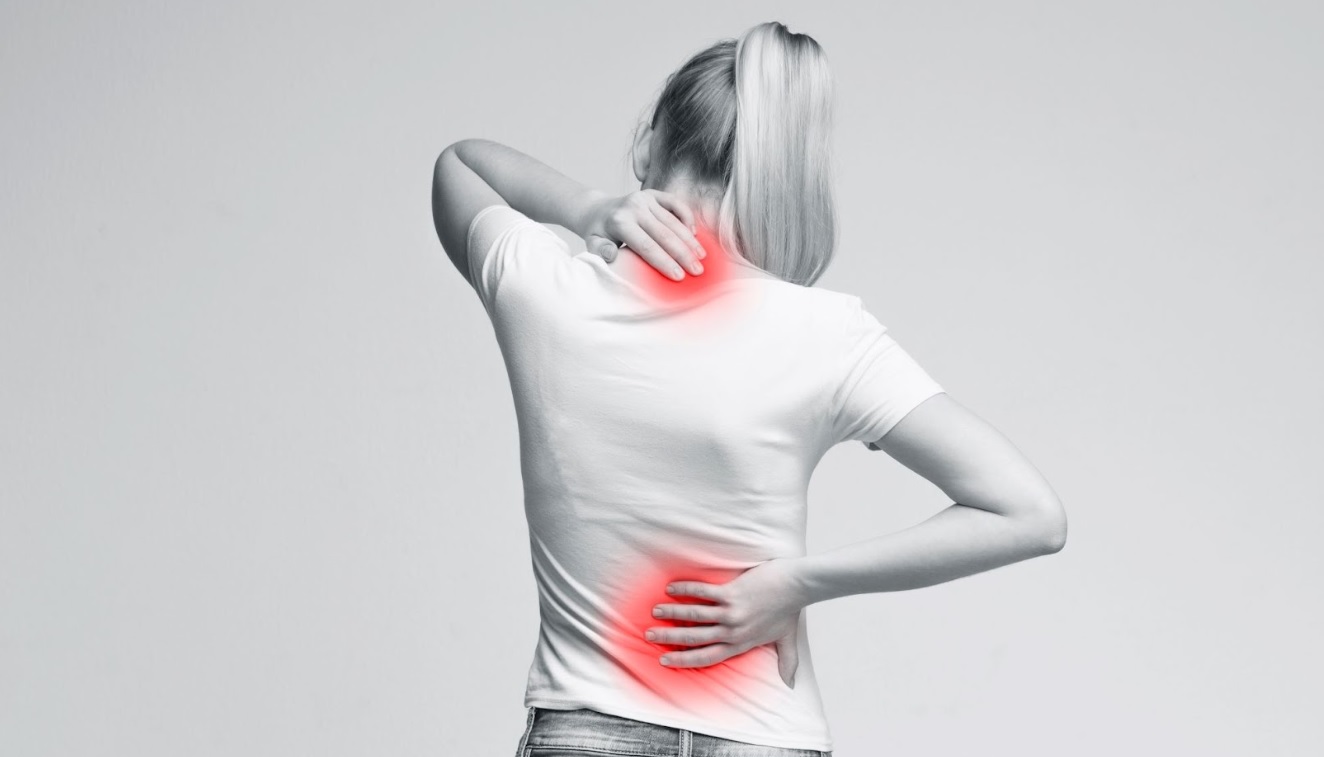If you suffer from chronic back pain, you know how debilitating it can be. From dull aching pain to sharp, stabbing pain, it can affect your daily activities and impact your quality of life. Understanding the cause of your chronic back pain can help you manage the pain better and increase your chances of finding relief. In this blog post, you’ll learn eight steps to help you understand the cause of your chronic back pain.
In the modern era, cases of back pain have seen a significant increase, often attributed to a variety of lifestyle factors. Sedentary behavior, commonly associated with long hours spent in front of computer screens, has become a widespread cause of back pain. Lack of physical activity weakens back muscles, leading to strain and discomfort. Poor posture is another culprit, exacerbated by the use of smartphones and other handheld devices. Stress, too, plays a significant role, as it can cause muscle tension and trigger episodes of back pain. Finally, the rising incidence of obesity, a condition that places additional strain on the back and spine, also contributes to the growing prevalence of back pain. Understanding these trends can provide valuable insights into managing and preventing this widespread issue.
To alleviate the symptoms of chronic back pain, many people resort to a range of strategies. Regular exercise, such as stretching and strengthening routines, can help maintain the flexibility and strength of your back muscles. Physical therapy is another common approach, which involves guided exercises to improve posture and increase mobility. Over-the-counter pain medications, like nonsteroidal anti-inflammatory drugs (NSAIDs), can provide temporary relief from acute episodes. Substances such as THC can bring relief to some people, and there is a selection of THCa flowers out there to choose from. Some people also find complementary therapies like acupuncture, massage, and yoga beneficial. Additionally, maintaining a healthy weight and adopting an ergonomic workspace can lessen the strain on your back. It is crucial, however, to consult with healthcare professionals before beginning any new treatment regimen.
For some, living with back pain may seem like the only option. This acceptance often stems from various reasons such as fear of medical procedures, lack of access to quality healthcare, or a belief that pain is an inevitable part of aging or their lifestyle. While these concerns are valid, resigning oneself to a life of constant discomfort is not. Chronic back pain can be more than just a nuisance; it can significantly impact your quality of life, limit your mobility, affect your mental health, and even lead to more serious health conditions if left untreated. Hence, seeking professional help to diagnose and manage back pain is paramount.
Here are some steps you can take to understand the cause of your back pain, so you can find a solution that is right for you.
Step 1: Identify the Type of Pain
The first step in understanding the cause of your chronic back pain is to identify the type of pain you are experiencing. You may experience different types of pain, such as aching, stabbing, burning, or shooting. Identifying the type of pain and its location can help your doctor diagnose the underlying cause.
Step 2: Understand the Anatomy of Your Back
Understanding the anatomy of your back can help you identify the source of your pain. The back is made up of bones, joints, muscles, and nerves. Any of these parts can be the source of your chronic back pain. For example, a problem with one of the discs in your spine can cause pain in your lower back, while a problem with a muscle in your back can cause pain in your upper back.
Step 3: Look for Red Flags
Certain symptoms or signs can indicate a more serious underlying cause of your chronic back pain. These red flags include fever, unexplained weight loss, numbness, tingling, or weakness in your legs, or loss of bowel or bladder control. If you experience any of these symptoms, you should seek medical attention immediately.

Step 4: Consider Your Lifestyle
Your lifestyle can play a significant role in causing chronic back pain. For example, if you sit for long periods or engage in activities that place a lot of strain on your back, such as heavy lifting, you are more likely to experience back pain. Additionally, poor posture, being overweight or obese, and smoking can also contribute to back pain.
Step 5: Assess Your Emotional State
Your emotional state can also affect your physical health, including your chronic back pain. Stress, anxiety, and depression can all contribute to back pain. If you think your emotional state may be contributing to your pain, consider seeking treatment for mental health issues.
Step 6: Rule Out Medical Conditions
Certain medical conditions can also cause chronic back pain, such as osteoarthritis, rheumatoid arthritis, osteoporosis, or a herniated disc. Your doctor may order tests such as X-rays, MRI, or CT scans to diagnose these conditions.
Step 7: Work With Your Doctor
Work with your doctor to identify the underlying cause of your chronic back pain. Your doctor may recommend physical therapy, medication, or other treatments depending on the cause of your pain. Follow your doctor’s recommendations and keep a journal of your symptoms to monitor your progress.
Step 8: Adopt Healthy Habits
Adopting healthy habits can also help alleviate chronic back pain. Exercise regularly, eat a healthy diet, maintain correct posture, and quit smoking. These healthy habits can improve your overall health and reduce the frequency and severity of your back pain.
Chronic back pain can be a frustrating and debilitating condition. However, understanding the cause of your pain can help you manage the pain better and increase your chances of finding relief. By following these eight steps, you can identify the underlying cause of your chronic back pain and take steps to manage and alleviate your symptoms. Remember to work with your doctor and adopt healthy habits to maximize your chances of finding relief and improving your quality of life.
Article edited and fact checked by our editorial team.
References:
- Urits I, Burshtein A, Sharma M, Testa L, Gold PA, Orhurhu V, Viswanath O, Jones MR, Sidransky MA, Spektor B, Kaye AD. Low Back Pain, a Comprehensive Review: Pathophysiology, Diagnosis, and Treatment. Curr Pain Headache Rep. 2019 Mar 11;23(3):23. doi: 10.1007/s11916-019-0757-1. PMID: 30854609.
- Freburger JK, Holmes GM, Agans RP, Jackman AM, Darter JD, Wallace AS, Castel LD, Kalsbeek WD, Carey TS. The rising prevalence of chronic low back pain. Arch Intern Med. 2009 Feb 09;169(3):251-8
- Casiano VE, Sarwan G, Dydyk AM, Varacallo M. Back Pain. 2023 Dec 11. In: StatPearls [Internet]. Treasure Island (FL): StatPearls Publishing; 2024 Jan–. PMID: 30844200.
- Owen PJ, Miller CT, Mundell NL, Verswijveren SJJM, Tagliaferri SD, Brisby H, Bowe SJ, Belavy DL. Which specific modes of exercise training are most effective for treating low back pain? Network meta-analysis. Br J Sports Med. 2020 Nov;54(21):1279-1287
